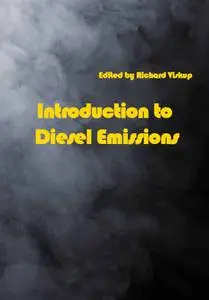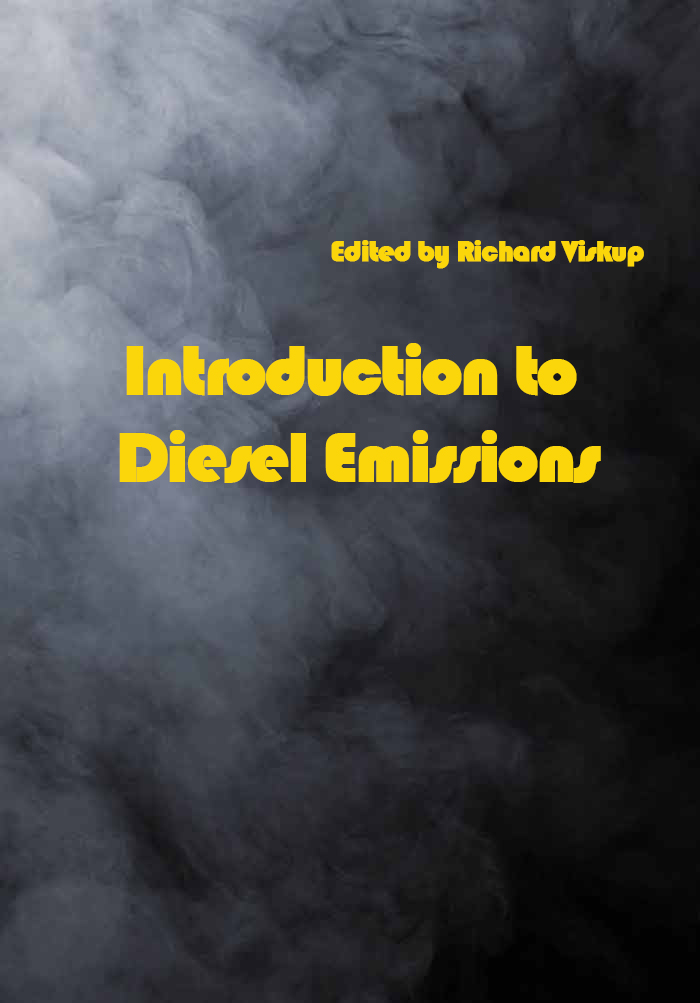"Introduction to Diesel Emissions" ed. by Richard Viskup
ITExLi | 2020 | ISBN: 1789840368 9781789840360 178984035X 9781789840353 1789855063 9781789855067 | 113 pages | PDF | 21 MB
ITExLi | 2020 | ISBN: 1789840368 9781789840360 178984035X 9781789840353 1789855063 9781789855067 | 113 pages | PDF | 21 MB
The main concern of this book is to expand knowledge of readers and bring together the latest research findings related to diesel engine exhaust emissions. The book discusses the generation of diesel exhaust emissions and mitigations, performance, emissions and combustion evaluations, utilisation of alternative biodiesel fuels, comparison of different techniques for measurement of soot and diesel particulate matter, analyses of diesel particulate matter flow pattern, and chemical composition of diesel particulate matter.
The first invention and development of the functional diesel engine was in 1897 by Rudolf Christian Karl Diesel, German inventor. Until now, this invention has been superseded by the development of very productive engines and mechanics. Current diesel engines are well known to many people around the world and serve in innumerable applications for various types of public transport, light and heavy duty transportation, for automotive, railway, maritime or aviation transportation, in different harsh environments, in construction, in mining, and for diverse industries. The light duty or heavy-duty diesel engines have some drawbacks. One of the main concerns is connected with exhaust emissions generated by diesel engines.
Contents
1.Diesel Exhaust Emissions and Mitigations
2.Performance, Emissions, and Combustion Evaluations of a Diesel Engine Fuelled with Biodiesel Produced from High FFA Crude Mahua (Madhuca longifolia) Oil
3.Alcohol Contribution over Conventional Fuel
4.Comparison of Different Techniques for Measurement of Soot and Particulate Matter Emissions from Diesel Engine
5.Analysis of Diesel Particulate Matter Flow Patterns in Different Ventilation and Operational Conditions of Underground Mines
6.Major Chemical Elements in Soot and Particulate Matter Exhaust Emissions Generated from In-Use Diesel Engine Passenger Vehicles
1st true PDF with TOC BookMarkLinks



